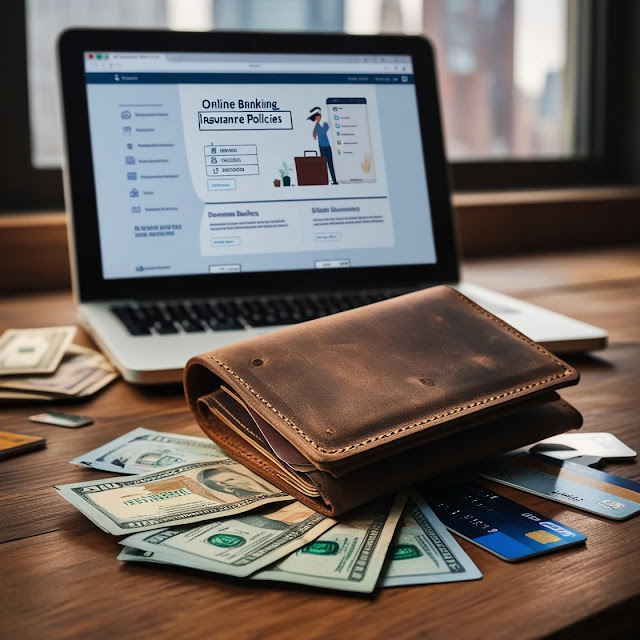How Wallet Providers Address Cross-Device Synchronization
In an increasingly interconnected digital world, the ability to access wallets across multiple devices is crucial for convenience and efficiency. Wallet providers, whether for cryptocurrency, digital payments, or personal data management, face the challenge of enabling cross-device synchronization while maintaining high security standards. This article examines how wallet providers tackle these challenges to offer users a seamless experience.
 |
| How Wallet Providers Address Cross-Device Synchronization |
Understanding Cross-Device Synchronization in Wallets
Cross-device synchronization allows users to access and manage their wallets across multiple devices, such as smartphones, tablets, and desktops. This feature is particularly important for cryptocurrency wallets, digital payment systems, and secure data storage solutions, ensuring continuity and convenience for users in a mobile-first world.
Core Technologies for Cross-Device Synchronization
Wallet providers use various technologies to enable synchronization across devices:
- Cloud Storage: Many wallets use encrypted cloud storage to save and sync user data, ensuring accessibility from any device.
- End-to-End Encryption (E2EE): E2EE ensures that only the user can decrypt and access synchronized data, enhancing privacy.
- Blockchain Integration: Decentralized wallets often leverage blockchain technology for transaction synchronization, providing a tamper-proof ledger.
- Biometric Authentication: Biometric methods, such as fingerprint or facial recognition, enable secure access across devices without compromising convenience.
- QR Codes and Wallet Connect: Many wallets allow synchronization by scanning QR codes, facilitating secure and quick device pairing.
Security Measures in Cross-Device Synchronization
Ensuring the security of cross-device synchronization is a top priority for wallet providers. Key measures include:
- Multi-Factor Authentication (MFA): Requiring multiple authentication steps, such as passwords and one-time codes, protects against unauthorized access.
- Encrypted Backups: Wallets store encrypted backups of user data in the cloud, safeguarding against data breaches.
- Device-Specific Keys: Some wallets generate unique encryption keys for each device, adding a layer of security.
- Anomaly Detection: Advanced algorithms monitor for unusual activity, such as logins from unfamiliar devices, and alert users.
Challenges in Implementing Synchronization
Despite advancements, wallet providers face several challenges in enabling seamless cross-device synchronization:
- Data Privacy Regulations: Compliance with data protection laws like GDPR and CCPA adds complexity to synchronization systems.
- Interoperability Issues: Ensuring compatibility across various operating systems and devices requires significant effort.
- Latency and Reliability: Users expect near-instantaneous synchronization, which demands robust infrastructure.
- Balancing Security and Usability: Enhanced security measures can sometimes compromise user experience.
Future Trends in Wallet Synchronization
The future of wallet synchronization is shaped by emerging technologies and evolving user expectations:
- Decentralized Cloud Solutions: Blockchain-based storage solutions could replace traditional cloud systems, offering improved privacy and security.
- AI-Powered Personalization: Artificial intelligence will enable wallets to provide tailored features and anticipate user needs across devices.
- Interoperable Standards: Industry-wide standards for wallet synchronization could improve compatibility and ease of use.
- Quantum-Resistant Encryption: As quantum computing becomes a reality, wallet providers will adopt quantum-resistant algorithms for enhanced security.
FAQs on Cross-Device Synchronization
How do wallet providers protect data during synchronization?
Wallet providers use encryption, secure cloud storage, and authentication protocols to safeguard user data during synchronization.
Can I use multiple devices for the same wallet?
Yes, most wallet providers support multiple devices, enabling users to manage their wallets seamlessly across platforms.
What happens if I lose one of my synchronized devices?
Users can usually unlink a lost device remotely and secure their wallet by updating authentication credentials or recovery keys.
Is cross-device synchronization available for hardware wallets?
Hardware wallets often lack direct synchronization features but can integrate with software wallets that support multiple devices.
Conclusion
Cross-device synchronization is a vital feature for modern wallet providers, enhancing user convenience and flexibility. By leveraging advanced technologies like encryption, cloud storage, and biometric authentication, providers ensure secure and seamless access across devices. Despite challenges, future innovations promise even more robust and user-friendly solutions, solidifying wallets' role in the interconnected digital landscape.





